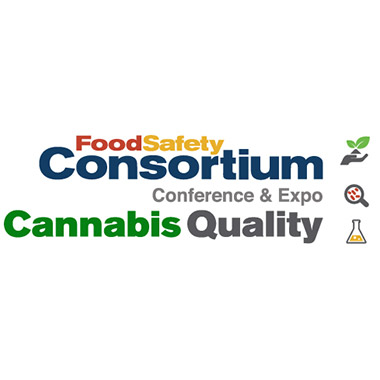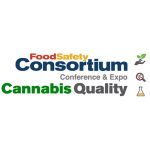In recent years, nanotechnology has emerged as a promising field of study that could revolutionize how we package and preserve food. Scientists and engineers are leveraging the technology’s unique properties to develop smart packaging solutions that could help reduce food waste, improve shelf life and enhance food safety.
Reducing Food Waste with Nanotechnology
One of the most significant challenges facing the food industry today is food waste. According to the World Economic Forum, about one-third of all food produced in the world is lost or wasted, leading to an estimated $1 trillion in economic losses each year. An emerging way to tackle this issue is through the use of nanotechnology in food packaging.
Nanomaterials can help extend the shelf life of food products by creating a barrier that prevents oxygen, moisture and other contaminants from entering the package. For example, nanoscale coatings can be applied to food packaging to create a protective layer that keeps food fresh longer and improves taste. These coatings can also be used to prevent bacterial growth and pathogens that cause spoilage and foodborne illness.
In addition to extending shelf life, nanotechnology in food packaging may help reduce food waste by providing real-time information about the quality and freshness of the food. For example, smart packaging solutions use sensors and other technologies to monitor factors like temperature, humidity, and gas levels inside the package. This information is then transmitted to a smartphone app or other device, allowing interested parties to know when it’s time to consume the food or discard it. Those parties could be consumers, food preppers or cooks, manufacturers, and processors. This system would effectively take the guesswork out of expiration periods and, more importantly, provide an accurate timeline of food quality and freshness.
Oxygen, light, moisture, cold, and heat can damage both perishable and nonperishable foods. Therefore, it’s important to protect and monitor food items correctly at all stages of their journey, from conception to packaging and even past the sale to the consumer.
Enhancing Food Safety with Nanotechnology
Another important benefit of nanotechnology in food packaging is improved food safety. Silver nanoparticles have been shown to have antimicrobial properties that can help kill bacteria and other pathogens. Incorporating silver nanoparticles into food packaging materials allows manufacturers to create a surface inhospitable to bacteria, reducing the risk of contamination and improving food safety for all, especially in developing countries.
Other types of nanomaterials, such as graphene and carbon nanotubes, can be used to create sensors that detect harmful chemicals or other contaminants in food products. These sensors provide real-time information about the safety and quality of the food, allowing people to make informed decisions about what they eat.
Industry Challenges and Future Directions
While nanotechnology in food packaging holds great promise, a few challenges must be addressed. The potential toxicity of certain types of nanomaterials is a concern. While most are considered safe, there is still some uncertainty about their long-term effects on human health and the environment.
Another challenge is the cost of producing nanotechnology-enabled food packaging. While the technology has the potential to reduce food waste and improve food safety, it may also come at a higher cost, which could limit its adoption by smaller food companies and businesses.
To address these challenges, scientists and engineers are working to develop more sustainable, accessible, and cost-effective nanomaterials. For example, researchers are exploring the use of natural alternatives, such as chitosan and cellulose. These materials are abundant, renewable, and biodegradable, making them more environmentally friendly than some of their synthetic counterparts. They also have chemical, physical, and mechanical properties that are considered to be far superior to nonrenewable options, including the ability to self-clean or self-cure.
Looking ahead, nanotechnology in food packaging is likely to make a significant impact on the industry. By reducing food waste, improving safety, and enhancing the overall consumer experience, nanotechnology-enabled packaging solutions can help transform how we think about food preservation and sustainability.
As the technology continues to advance and becomes more widely available, we can expect to see even more innovative and sustainable solutions that will help transform the food industry, the environment, and our communities for the better.

















